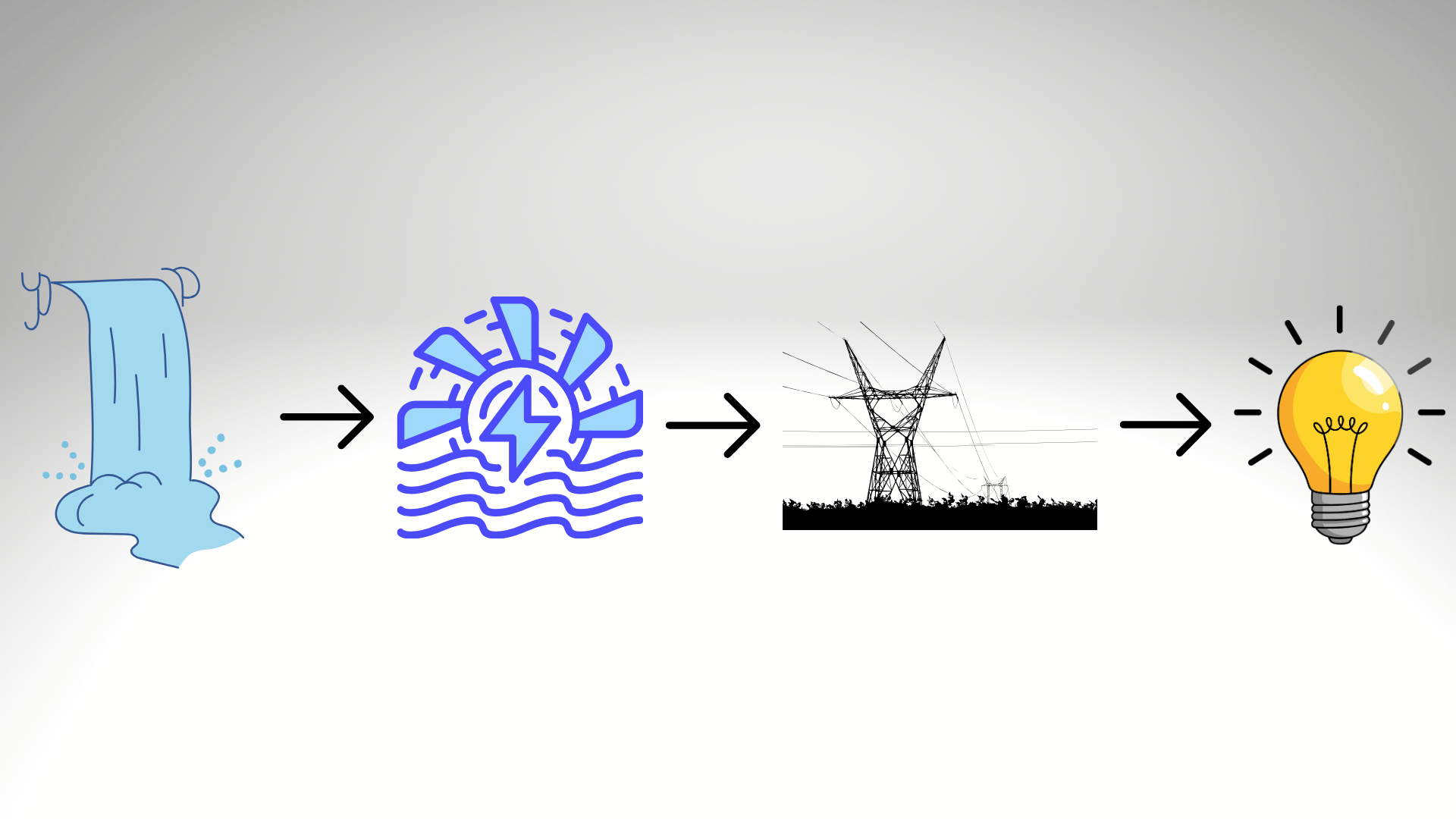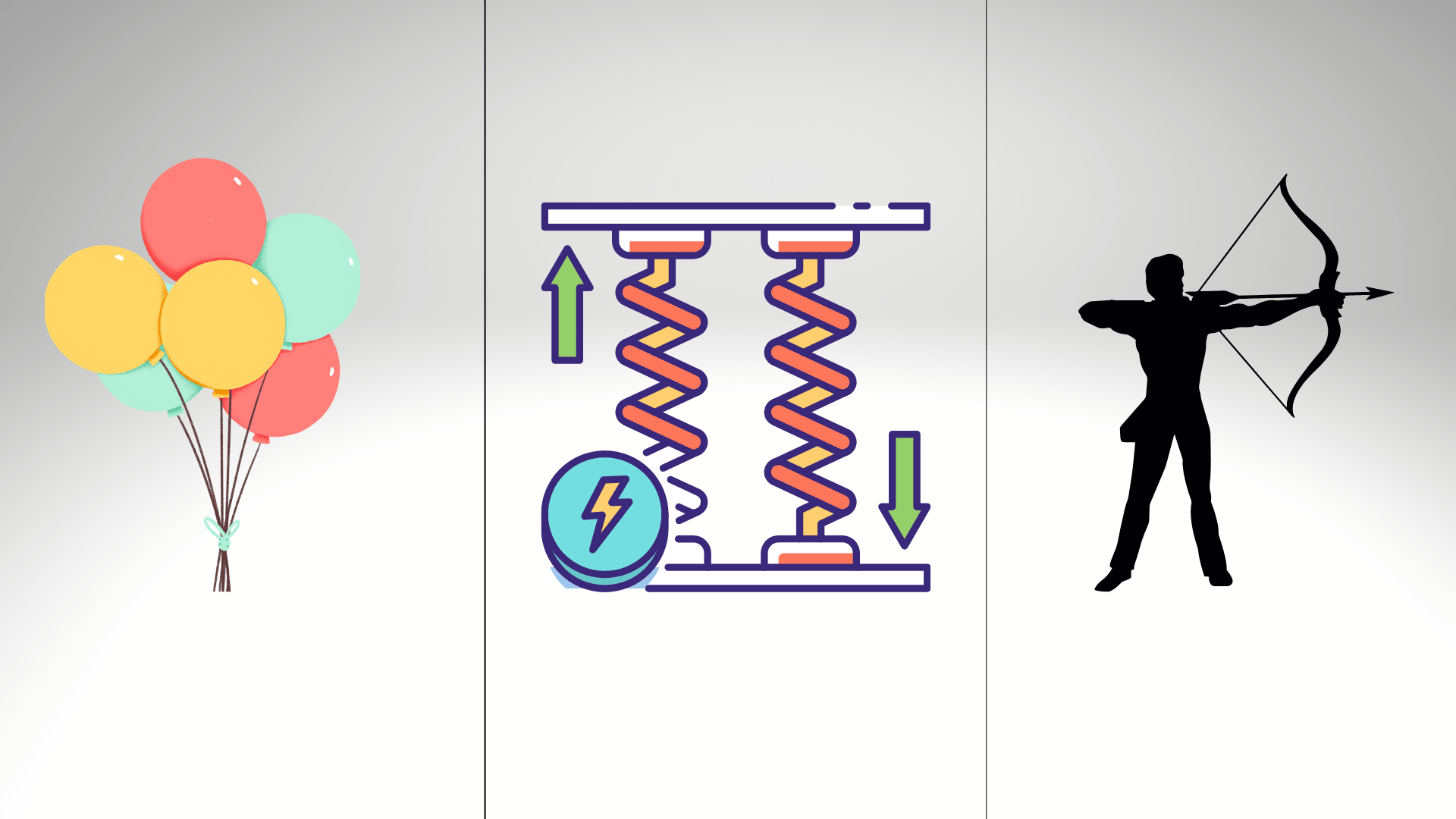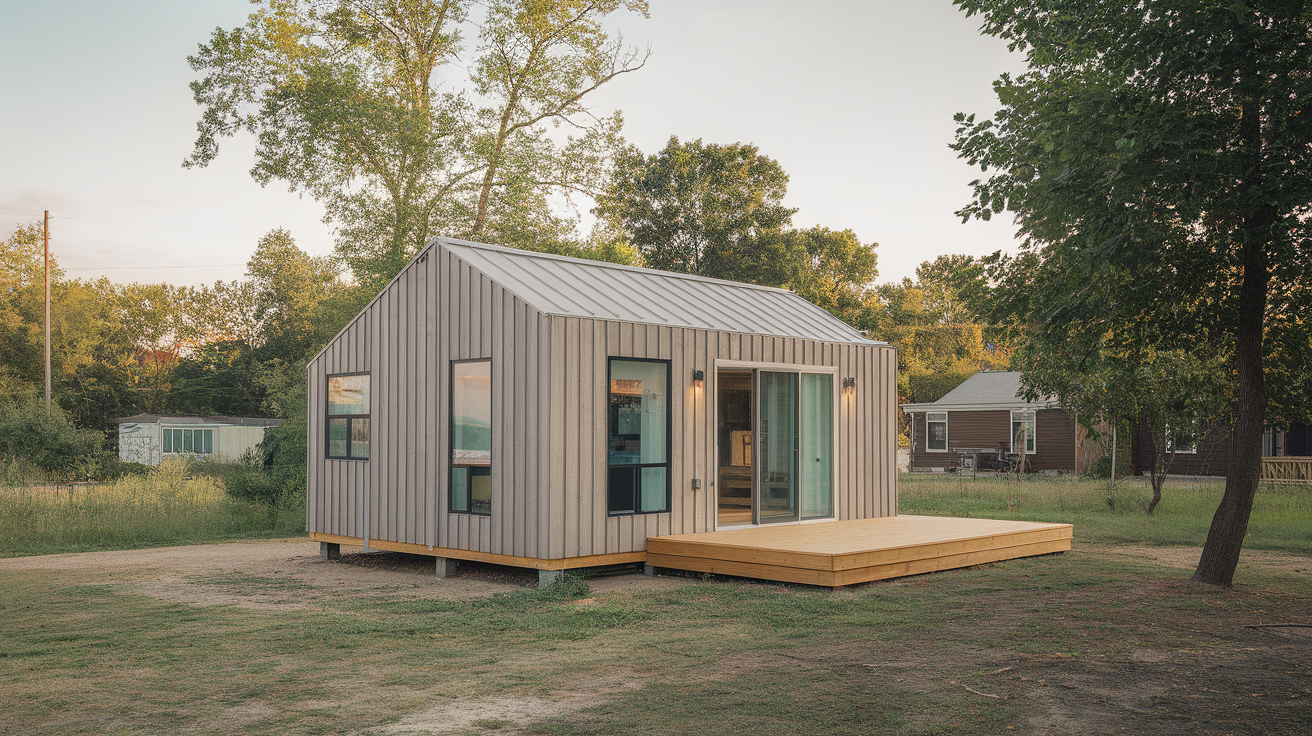Have you ever thought about how a wind-up toy suddenly starts moving or how a stretched rubber band snaps back with force?
The secret behind both is stored energy, a hidden source of power waiting to be released. It’s the reason motion, heat, and light can come from something that seems completely still.
In this blog, you’ll learn everything about stored energy, real-life examples that show how potential energy powers technology, strengthens renewable systems, and keeps everyday life running smoothly.
What is Stored Energy?
Stored energy is called potential energy. It’s “potential” because it has the ability to do work once released, such as moving, heating, or powering something. When that stored energy is released, it often turns into kinetic energy, the energy of motion.
Stored energy is the energy an object has because of its position, condition, or structure. It stays in place until something causes it to move or change.
Stored energy matters because it allows us to save and use power when we need it most. It makes modern life and technology more reliable and efficient.
From batteries that run our devices to food that fuels our bodies, stored energy plays a key role in how we live, learn, and create sustainable systems for the future.
Types of Stored Energy (Potential Energy Forms)

Stored energy comes in several forms depending on how and where it’s kept. Each type behaves differently, but all can be converted into other forms like motion or heat.
1. Gravitational Potential Energy
This type of stored energy depends on an object’s height and mass. The higher or heavier the object, the more gravitational potential energy it holds.
- Examples: A rock resting on a hill or water held behind a dam. The formula used to calculate it is PE = mgh, where m is mass, g is gravity, and h is height.
- Uses: You can see this energy in action on roller coasters or in hydroelectric plants, where stored water releases energy as it flows downward.
2. Elastic Potential Energy
This type of stored energy is found in materials that can stretch or compress and then return to their original shape. The more an object is stretched or squeezed, the more elastic potential energy it stores.
- Examples: A stretched rubber band, a bow ready to shoot an arrow, or a spring toy. When released, this energy turns into motion as the object snaps back into place.
- Uses: Engineers use elastic potential energy in car suspensions, mechanical watches, and sports equipment like trampolines and bows to absorb and release energy efficiently
3. Chemical Potential Energy
Chemical potential energy is stored in the bonds between atoms and molecules. When these bonds break or rearrange, the stored energy is released.
- Examples: Found in food, fuel, and batteries. When you eat food, your body converts chemical energy into movement and heat. When gasoline burns in a car engine, it releases energy that moves the vehicle.
- Uses: This form of energy powers vehicles, heating systems, and electronic devices. It’s also essential for living organisms that depend on chemical energy for survival and growth
4. Electrical and Magnetic Potential Energy
This type of stored energy exists within electric and magnetic fields. Electrical potential energy builds up when charges are separated, while magnetic potential energy comes from the position and interaction of magnets.
- Examples: A charged capacitor stores electrical energy, while magnets hold magnetic potential energy that can attract or repel other magnets.
- Uses: These forms of energy are key in motors, generators, and power grids, where electricity and magnetism work together to create motion and supply power to homes and industries.
How Stored Energy Turns Into Motion
Stored energy turns into motion when it’s released. This process happens all around us, from a falling object to a stretched spring returning to its shape.
1. Store Energy
An object gains potential energy when it’s in a certain position or state. For example, lifting a rock increases its height, giving it gravitational potential energy.
Stretching a rubber band or compressing a spring gives it elastic potential energy. In both cases, energy is stored and ready to be used later.
2. Trigger the Release
The stored energy stays still until something changes as a trigger. This could be letting go of the rock, releasing the rubber band, or starting a reaction. The moment the constraint is removed, the object can move or react, and the stored energy begins to convert.
3. Convert Energy
When released, the potential energy starts changing into kinetic energy, which is the energy of motion. The conversion depends on the type of potential energy.
For gravity, it’s the pull of Earth turning stored energy into falling motion. For elastic materials, it’s the stored tension turning into movement. This step marks the actual transformation; the energy isn’t lost; it just takes a new form.
4. Speed Up
As the conversion continues, the object’s speed increases. The more potential energy it had stored, the faster or stronger the motion becomes.
For example, a ball dropped from a taller height falls faster because it has more stored energy at the start.
5. Spread Into Other Forms
Not all energy becomes motion. Some spreads into heat, sound, or even slight deformation. When a ball hits the ground, part of the energy makes a sound and warms the surface.
When a rubber band snaps back, some energy is lost as heat and vibration. This shows that energy can change into many forms depending on the situation.
6. Energy is Conserved
According to the Law of Conservation of Energy, energy cannot be created or destroyed; it only changes form. The total amount of energy stays the same from start to finish.
So, the potential energy an object begins with simply transforms into kinetic energy and other types, keeping the overall energy constant in the system.
Stored Energy Utilization in Different Ways

Stored energy is all around us and quietly powers our daily lives. From transport and factories to homes and hospitals, it is stored, managed, and released in different ways to make work easier, safer, and more efficient.
| Category | Examples of Stored Energy Devices | Purpose / Function |
|---|---|---|
| Transportation Systems | Batteries, regenerative braking units, rocket fuel cells | Power electric trains, recover energy in hybrids, and fuel spacecraft during launch. |
| Emergency and Backup Power | Generators, UPS systems, solar battery backups | Maintain power for hospitals, servers, and essential systems during outages. |
| Industrial and Manufacturing Uses | Compressed air tanks, flywheels, thermal energy storage | Keep machines running smoothly and balance energy supply during high demand. |
| Construction and Heavy Machinery | Hydraulic systems, springs, counterweights | Power cranes, excavators, and lifts for lifting and movement tasks. |
| Everyday Household Applications | Solar heaters, rechargeable batteries, thermal flasks | Store energy for heating water, powering small tools, and keeping food hot or cold. |
| Sports and Recreation | Bicycle shocks, archery bows, amusement ride mechanisms | Provide motion control, improved performance, and smooth operation. |
| Medical and Health Applications | Pacemakers, portable oxygen units, and diagnostic devices | Supply reliable energy for life-support and medical monitoring equipment. |
| Research and Technology Development | Magnets, solar panels, and advanced batteries | Power labs, space probes, and scientific instruments for experiments. |
In short, stored energy keeps modern life running by powering movement, technology, and essential systems across many fields.
Conclusion
Stored energy is more than a scientific concept; it’s a part of how we live and function every day. It powers our homes, fuels industries, and helps create a cleaner, more efficient future.
Understanding how stored energy works gives us better control over how we use and save power in daily life.
Whether it’s in smart technology, transportation, or renewable systems, potential energy shapes the way we build.
If you’d like to learn more about how energy storage supports modern living and sustainability, keep checking related topics to see how this silent force powers everything around us.














